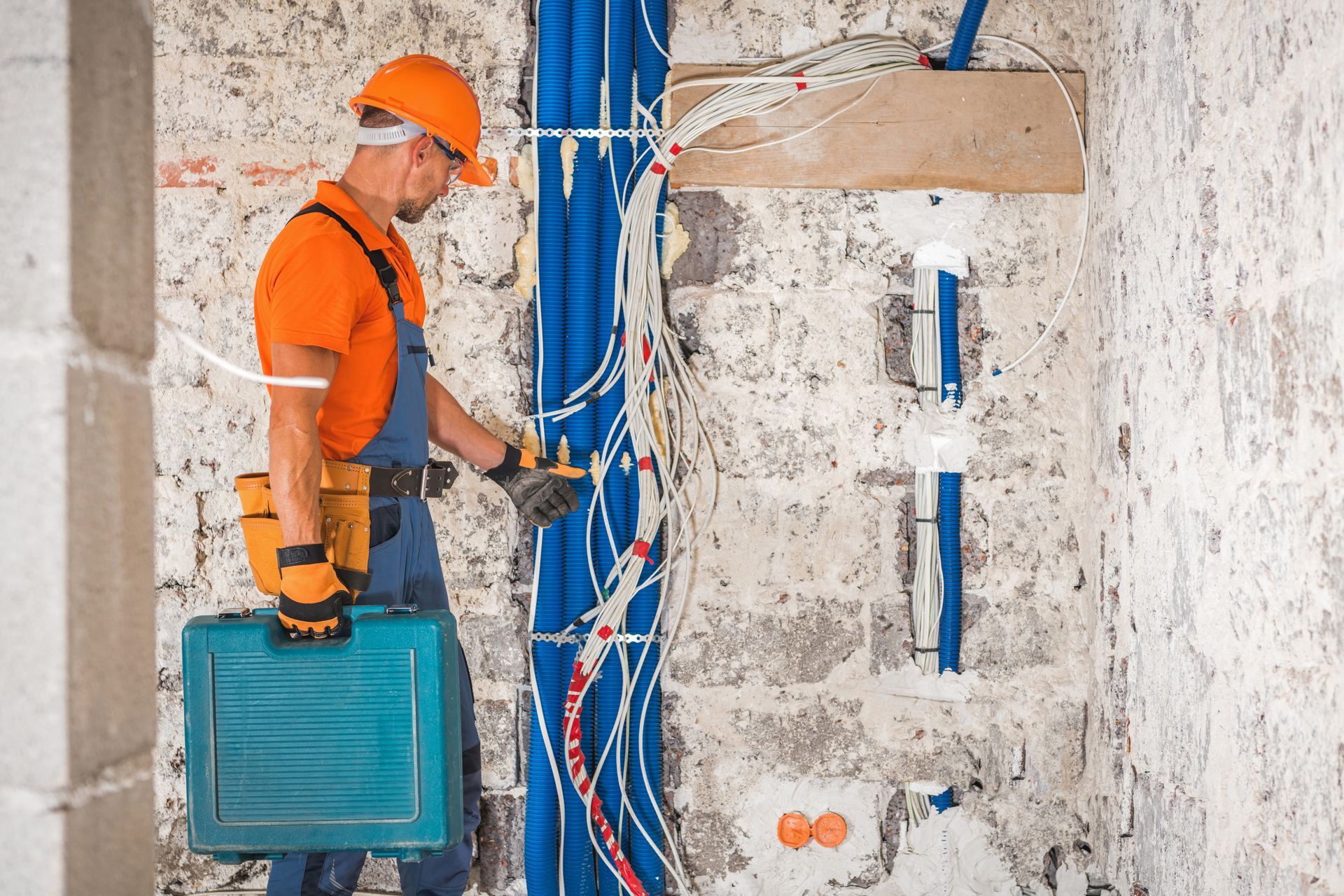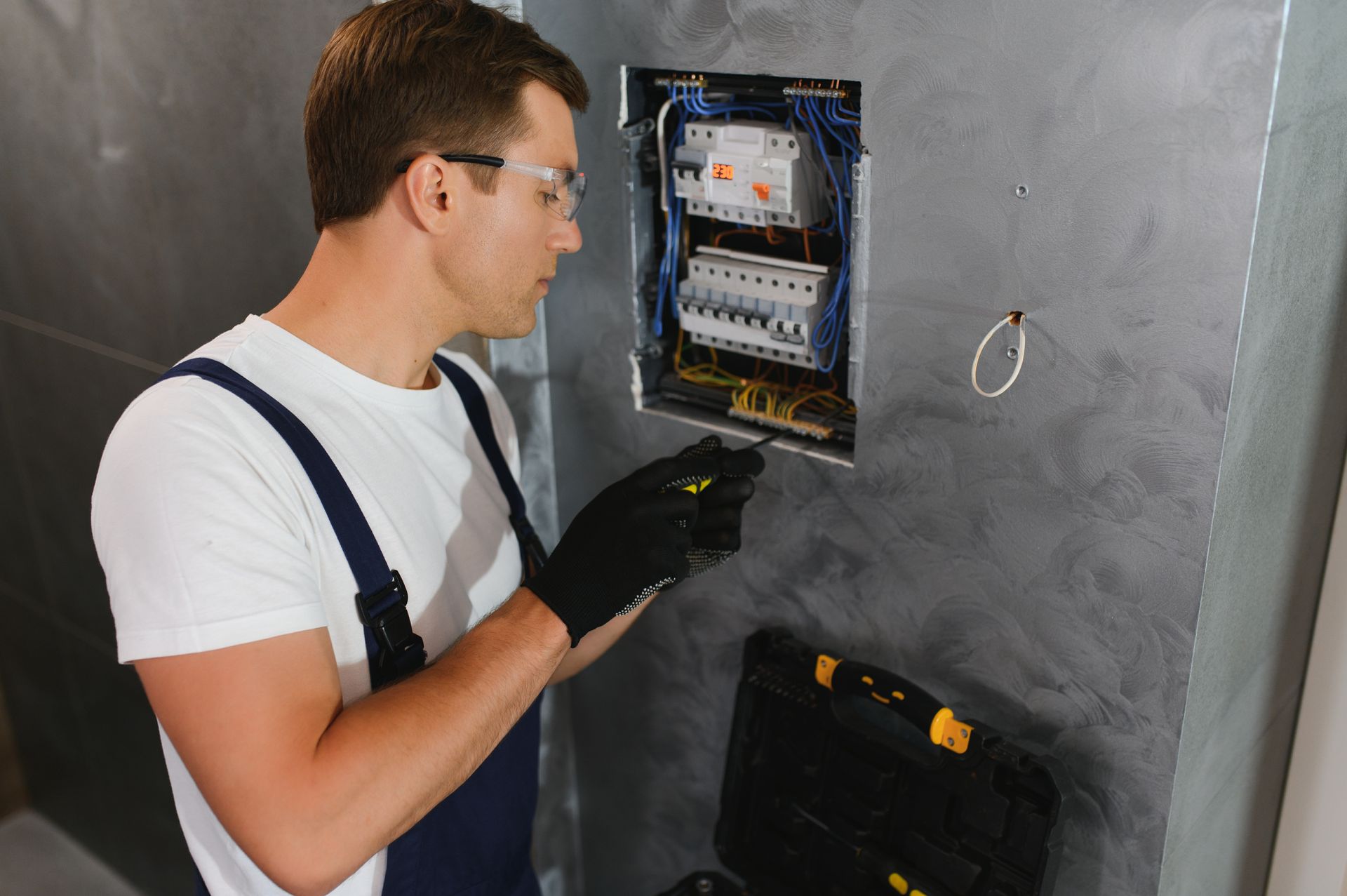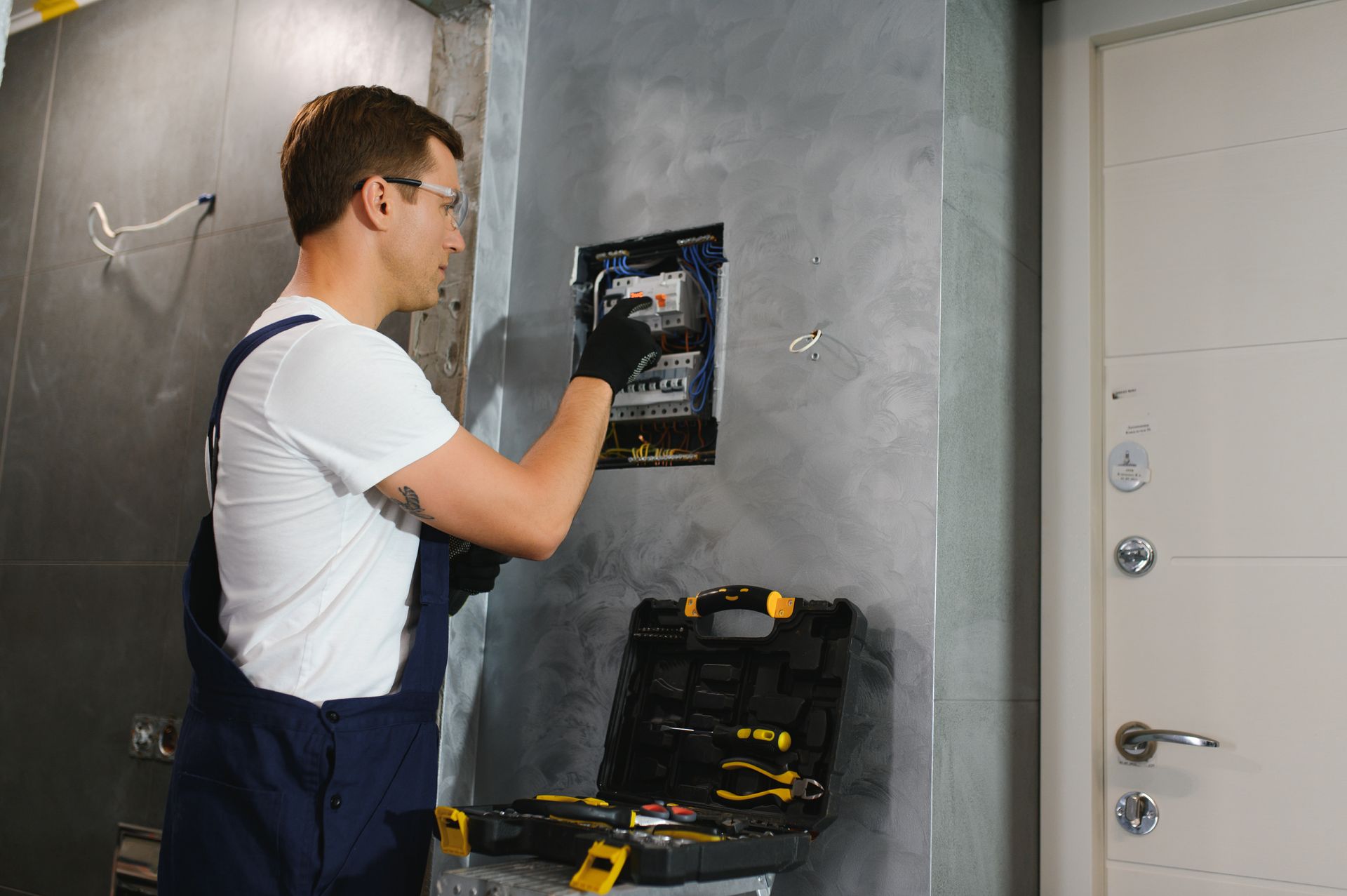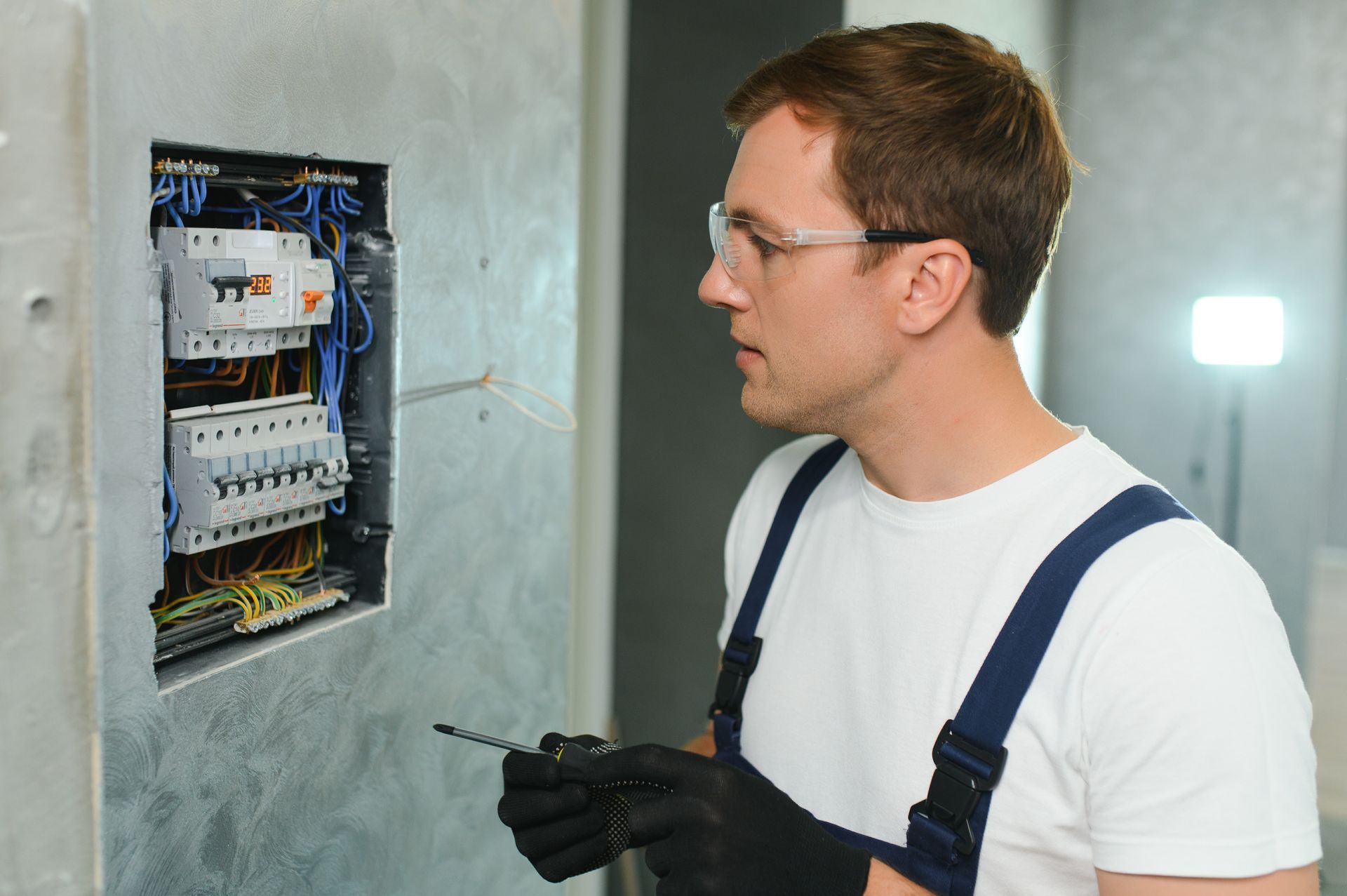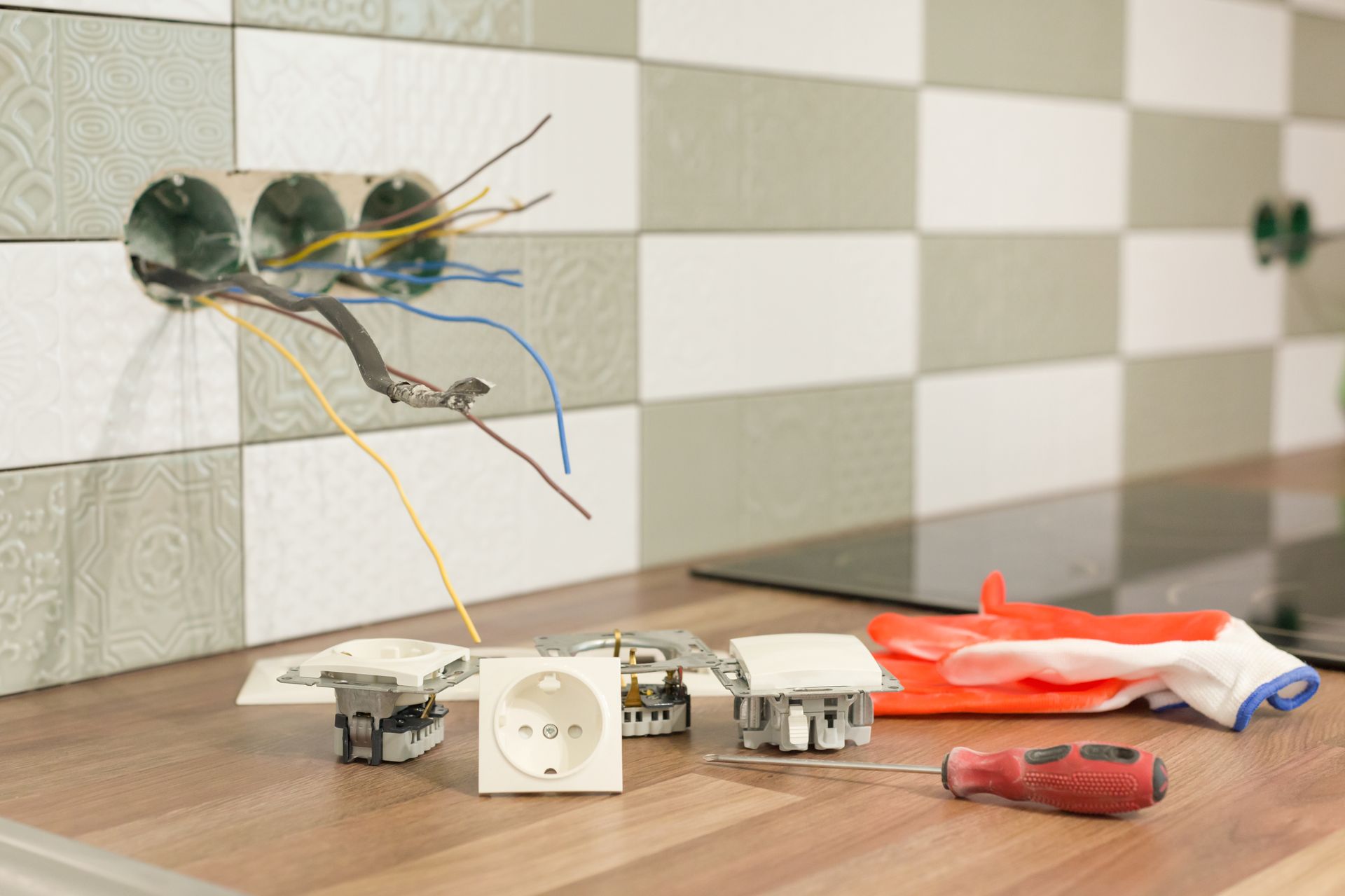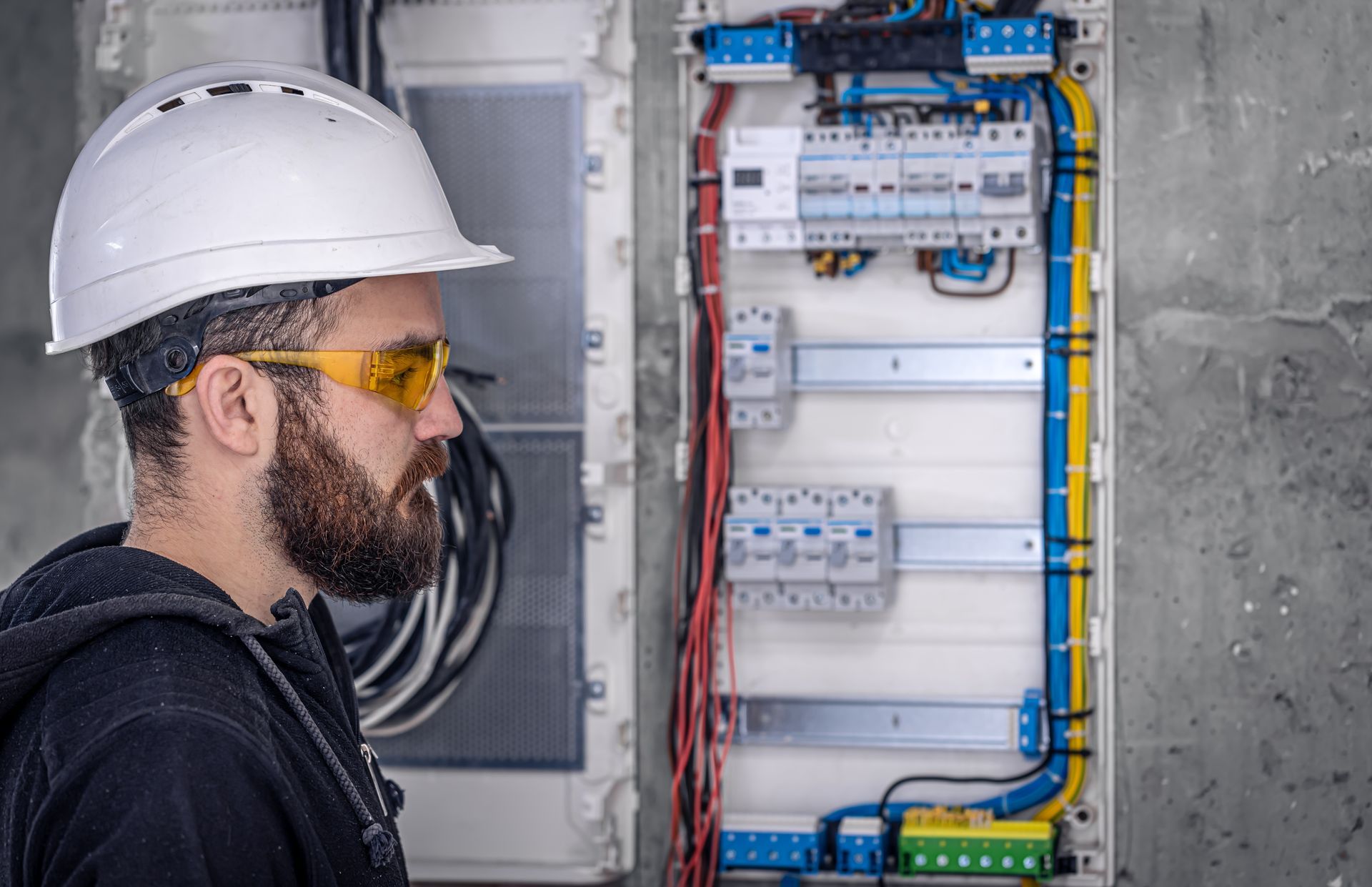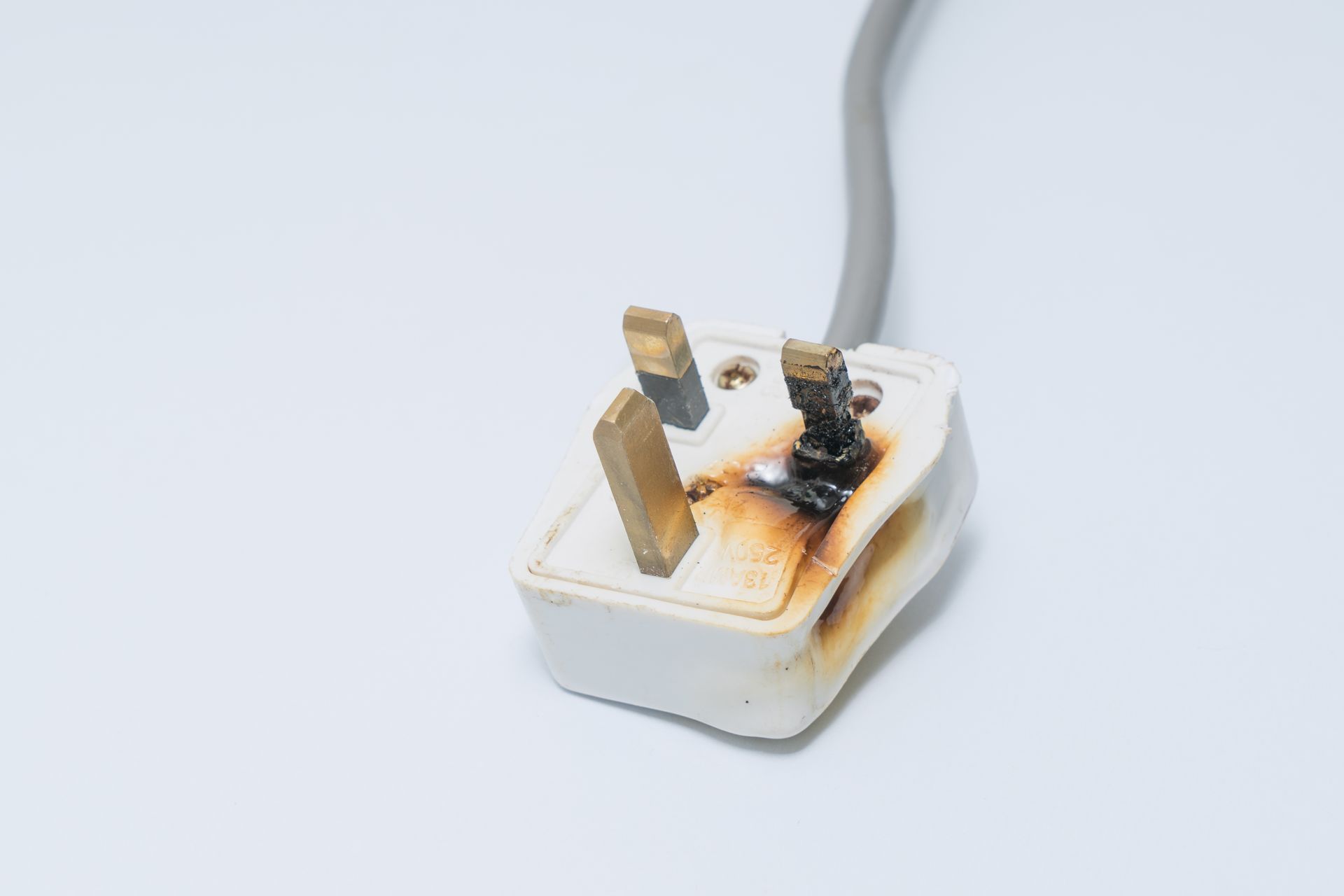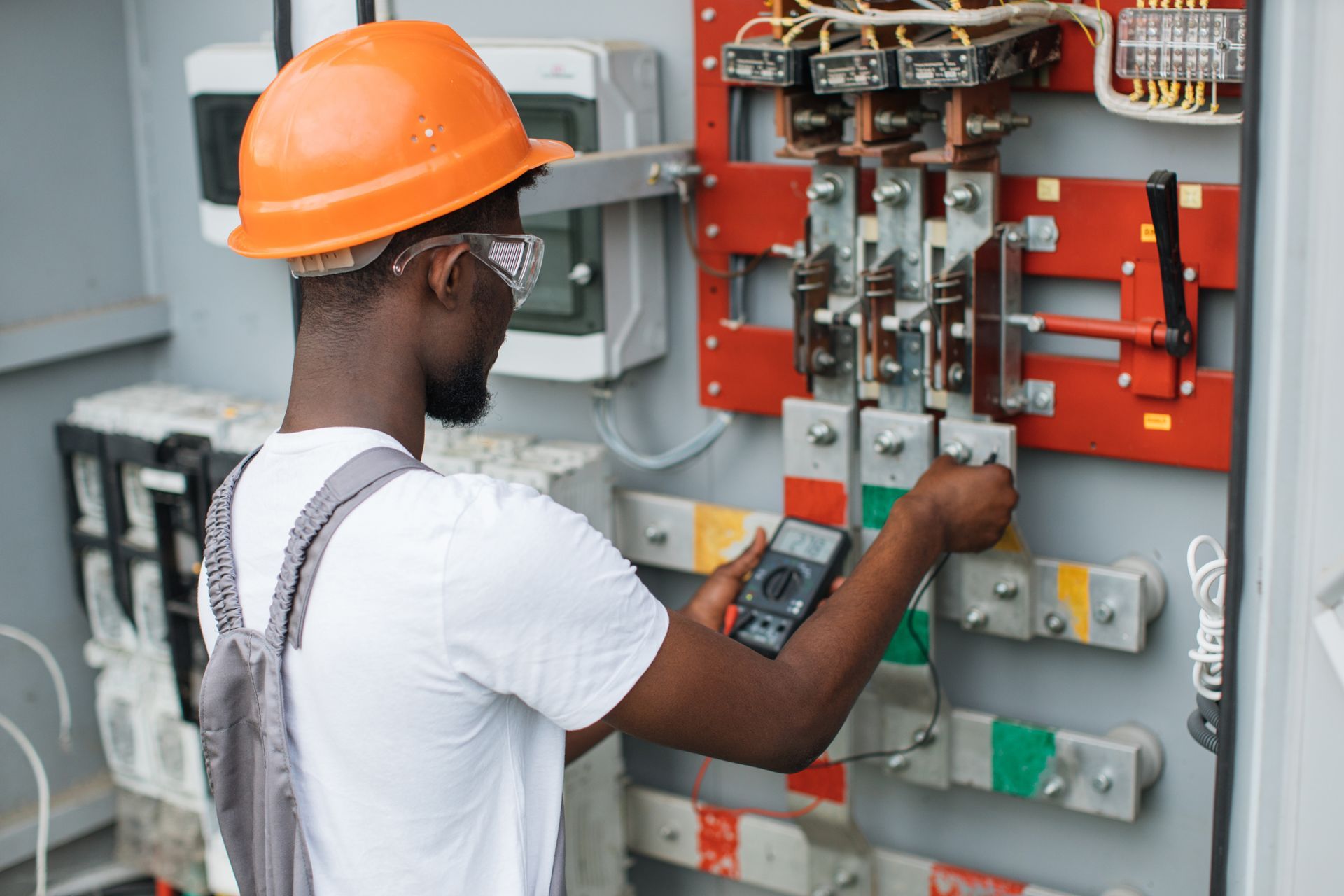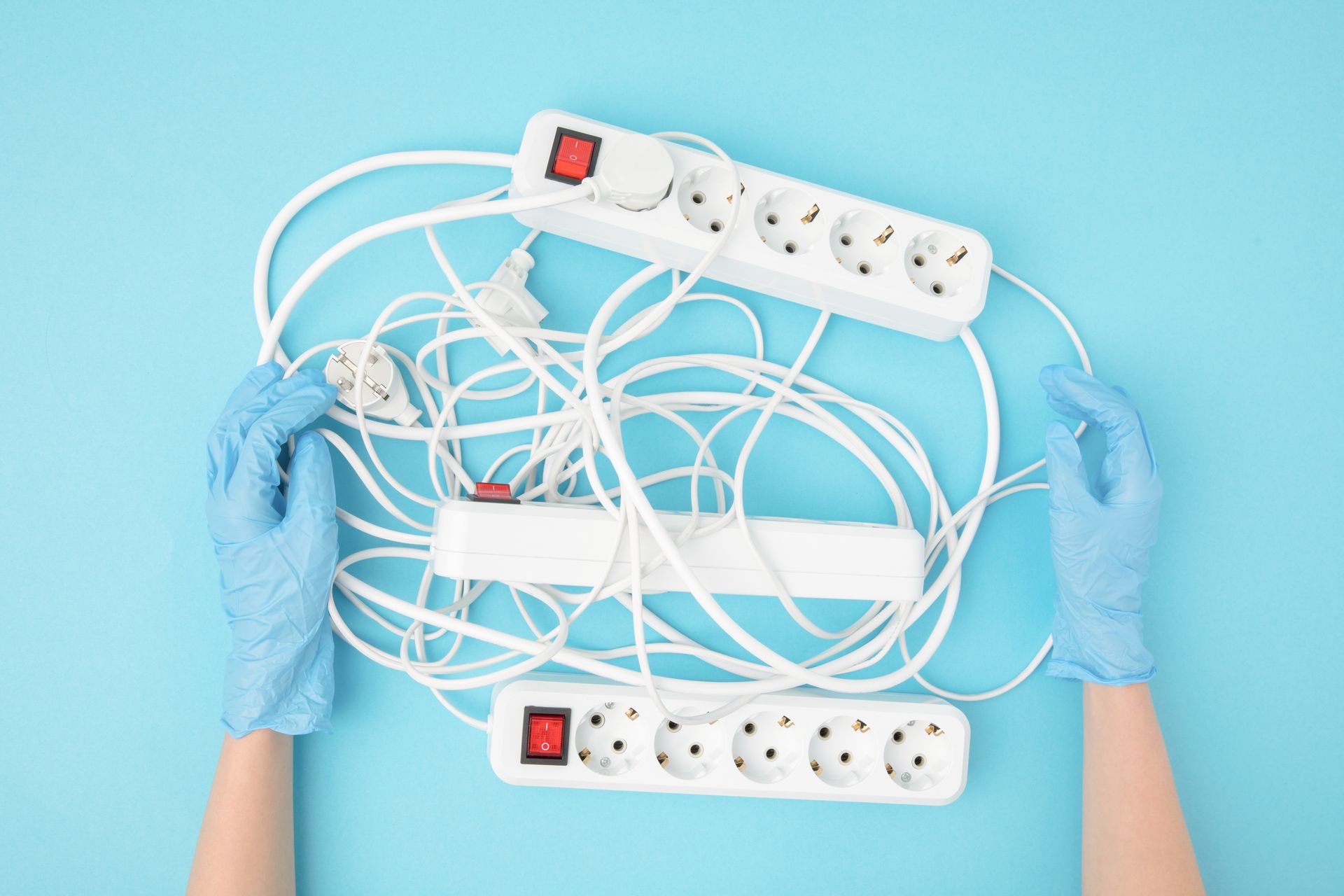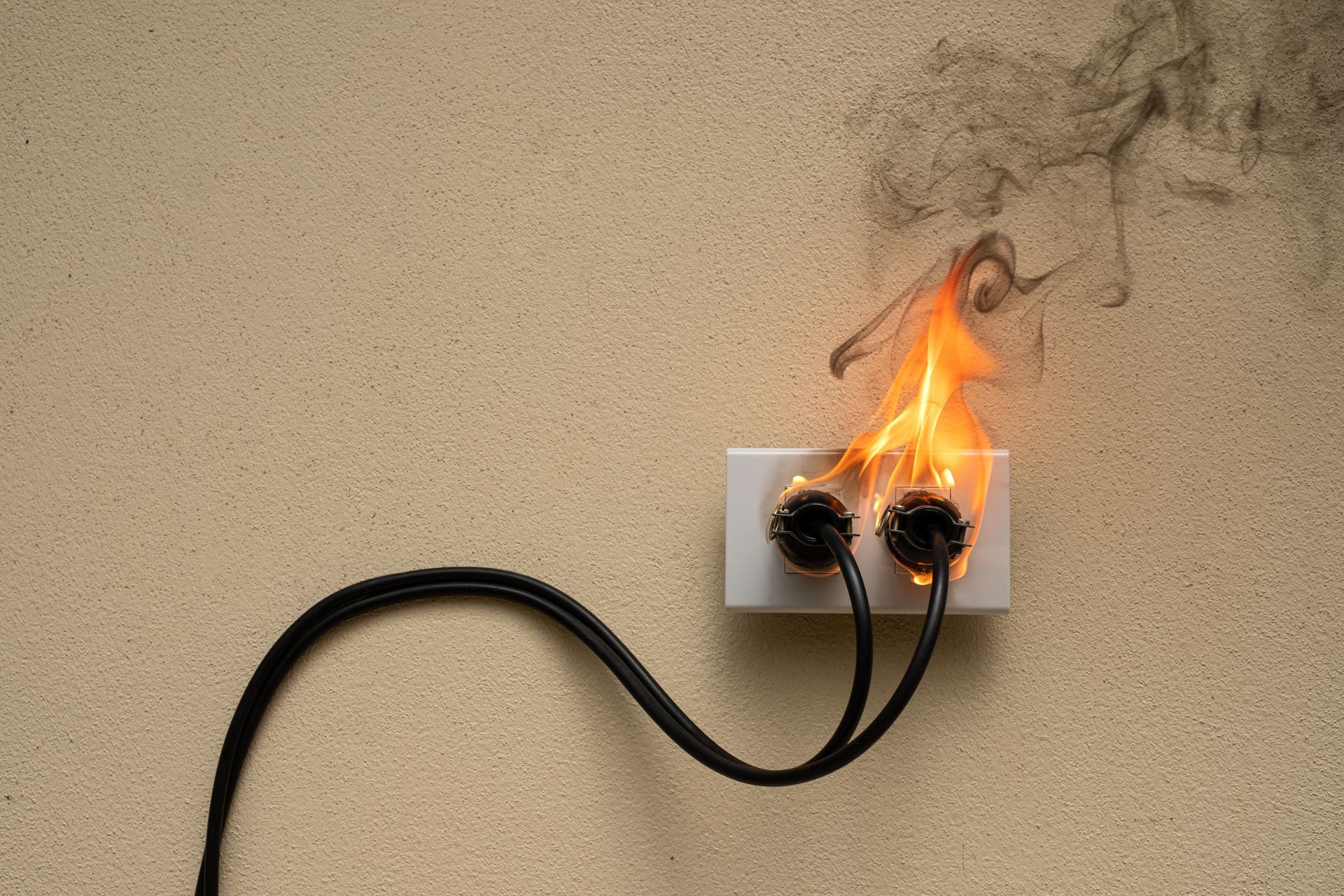Unseen Dangers: How Pests in Your Home Can Cause Electrical Issues
Unseen Dangers: How Pests in Your Home Can Cause Electrical Issues
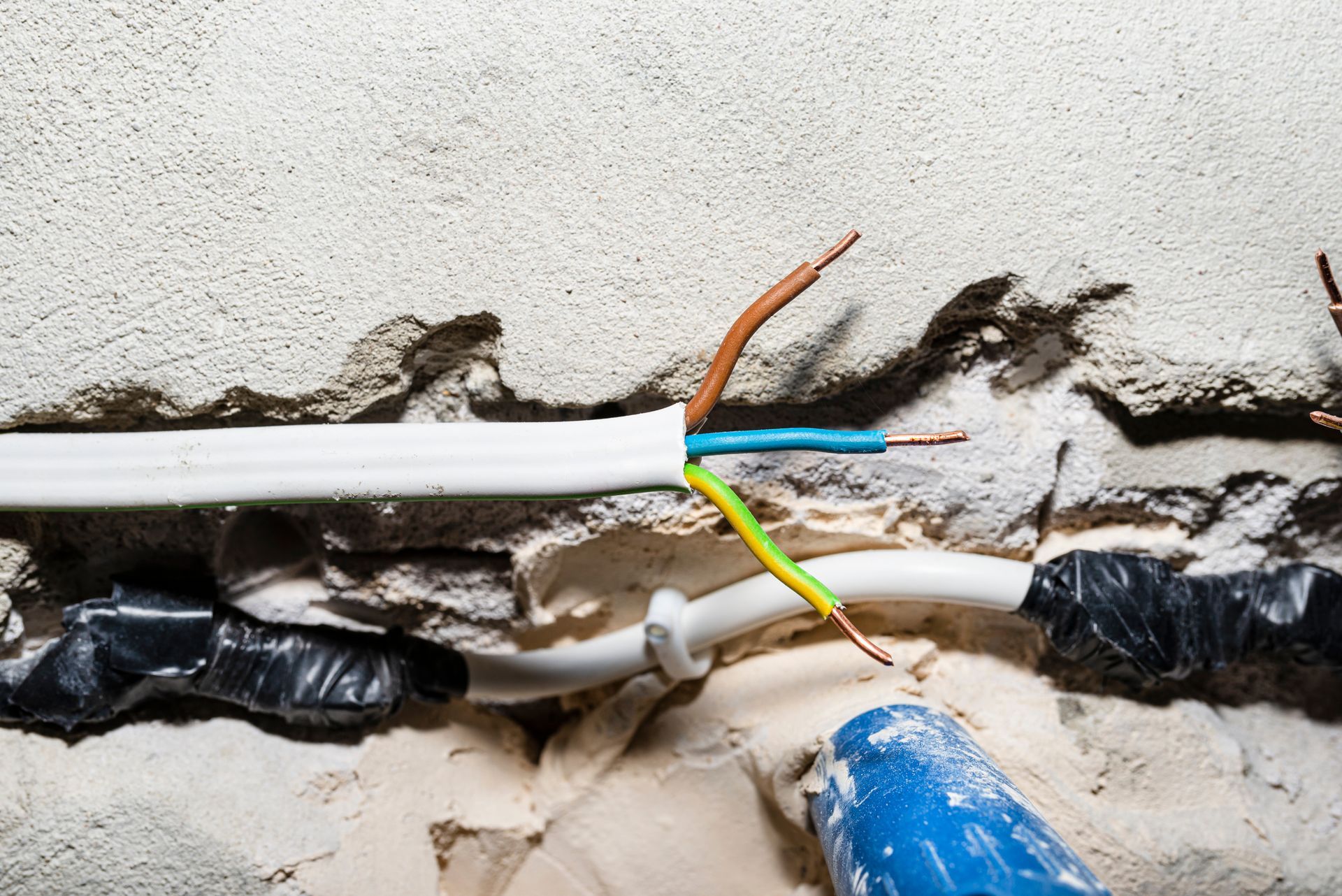
When we think about the dangers pests pose to our homes, the first things that come to mind are typically damage to food supplies, furniture, or the structural integrity of the building. However, one of the most dangerous threats that pests can bring into your home is the risk of electrical issues. In this blog, we'll explore how various pests can create serious electrical hazards and what you can do to protect your home.
How Pests Can Damage Your Electrical System
Pests can cause electrical problems in several ways, often without you even noticing until it’s too late. Here’s a closer look at how some common household pests might wreak havoc on your home’s electrical system:
1. Rodents: The Chewing Menace
- What They Do: Rats, mice, and squirrels have a natural instinct to chew on objects to keep their teeth from growing too long. Unfortunately, electrical wiring is often a target. These pests can gnaw through insulation, exposing live wires and creating a significant fire risk.
- The Danger: Exposed wires can cause short circuits, leading to power outages, electrical shocks, or even fires. The damage can be hidden behind walls, making it difficult to detect until a problem arises.
2. Insects: The Tiny Intruders
- What They Do: Insects like ants, termites, and cockroaches can infiltrate your electrical outlets, panels, and appliances. They are often attracted to the warmth or the electrical current itself. Some species, like fire ants, are known to swarm around electrical components, causing disruptions.
- The Danger: Insects can short out circuits, damage electrical components, and even start fires. They can also build nests that block ventilation in electrical equipment, leading to overheating.
3. Birds and Bats: Unwelcome Attic Guests
- What They Do: Birds and bats often seek shelter in attics, where they can nest and breed. In the process, they can disturb or damage electrical wiring, especially if they chew on wires or build nests in unsafe areas.
- The Danger: Like rodents, these animals can expose live wires, creating the risk of electrical fires. Additionally, their droppings are corrosive and can damage wiring over time.
4.Termites: The Silent Destroyers
- What They Do: While termites are notorious for damaging wood, they can also create problems for your electrical system. As they eat through wooden structures, they can indirectly affect the wiring that runs through them, especially if the wiring becomes exposed or damaged.
- The Danger: Termite damage can go unnoticed for years, leading to weakened structural integrity and potential electrical failures.
Signs of Electrical Issues Caused by Pests
Detecting electrical issues caused by pests early on can prevent more serious problems from developing. Here are some warning signs to watch for:
- Flickering Lights: If your lights are flickering, it could be a sign that pests have damaged your wiring.
- Strange Noises: Unusual buzzing or scratching sounds coming from your walls or electrical outlets could indicate that pests are at work.
- Burning Smell: A burning smell, especially near electrical outlets or panels, is a serious warning sign that should be addressed immediately.
- Frequent Tripped Breakers: If your circuit breakers are tripping more often than usual, it could be due to short circuits caused by pest damage.
How to Protect Your Home from Pest-Related Electrical Issues
Prevention is the best defense when it comes to protecting your home from the electrical hazards posed by pests. Here are some steps you can take:
- Regular Inspections: Have a professional inspect your home for signs of pests and potential electrical damage. This should be done regularly, especially if you live in an area prone to infestations.
- Seal Entry Points: Ensure that all potential entry points for pests, such as cracks in walls, gaps around doors and windows, and holes in the roof, are sealed properly.
- Use Pest-Resistant Materials: Consider using pest-resistant insulation and materials around your wiring to reduce the risk of damage.
- Keep Your Home Clean: A clean home is less attractive to pests. Make sure to store food properly, dispose of garbage regularly, and keep your living spaces tidy.
- Install Traps and Deterrents: Use traps and deterrents to keep pests away from your home. This can be especially important in attics, basements, and other areas where pests are likely to enter.
Conclusion
Pests in your home can be more than just a nuisance—they can create serious electrical hazards that put your property and safety at risk. By understanding the dangers and taking proactive steps to protect your electrical system, you can help ensure that your home remains safe from these hidden threats. If you suspect that pests have caused damage to your electrical system, it's crucial to contact a professional electrician immediately to assess and repair the damage. Protect your home and your family by staying vigilant against the unseen dangers that pests can bring.


